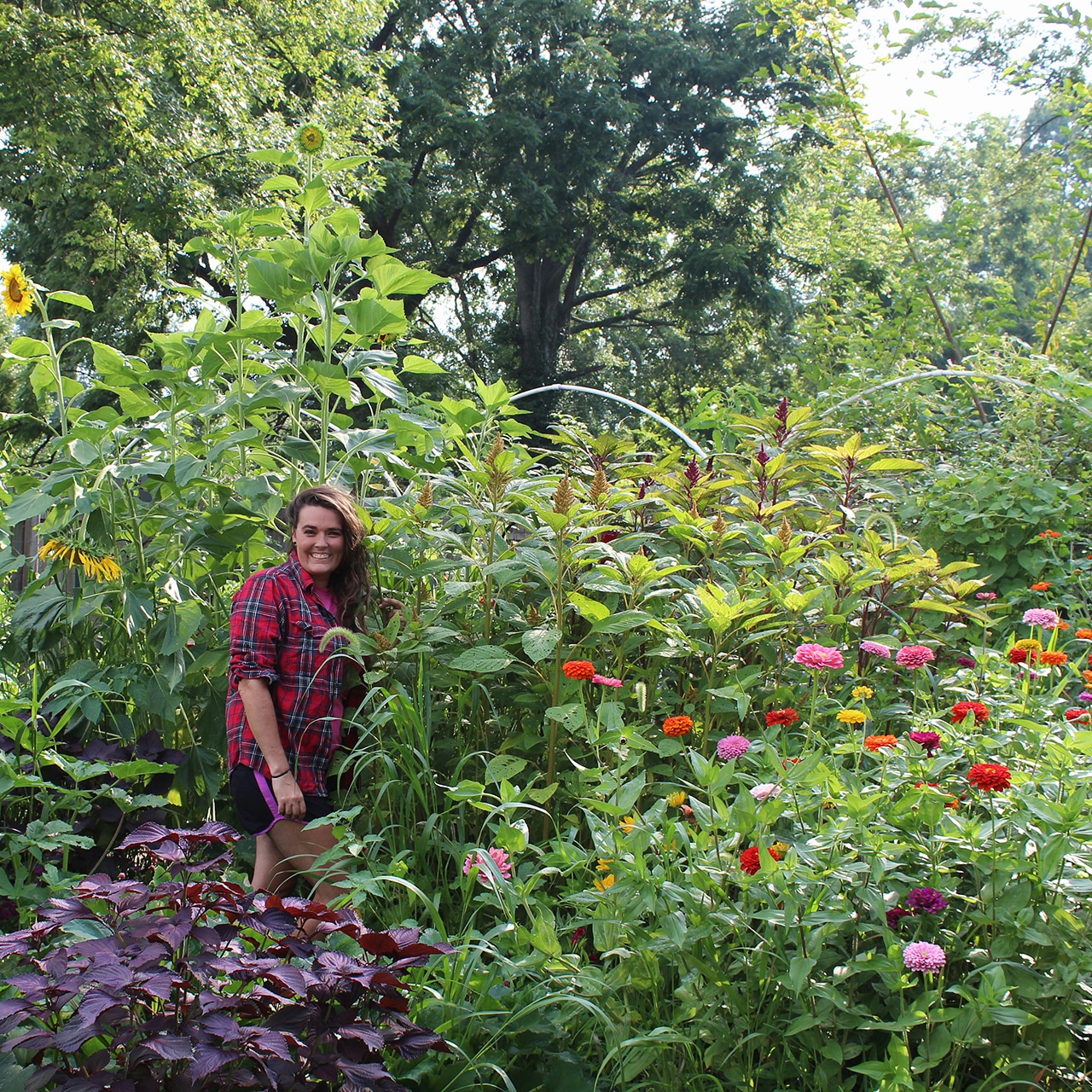Hydrangea Not Blooming? Here's Why & How To Get Tons Of Gorgeous Flowers
A hydrangea not blooming is a massive disappointment. Here are the most common reasons why your shrub refuses to bloom and how to make it full of flowers.
Amy Draiss
“Help! My hydrangea's not blooming!” It’s an all too common occurrence, often found in the comment sections of blog articles and on garden forums. Each season, even the most experienced gardeners may find themselves frustrated when these otherwise beautiful shrubs fail to bloom.
A hydrangea not blooming can be due to many factors. Below, we will explore the most common causes and discuss how to get hydrangeas to bloom.
Why Is My Hydrangea Not Blooming?
When my hydrangeas are not blooming, I carefully consider all the growing conditions within my garden. Hydrangeas often fail to flower or perform poorly when their needs have not been properly met. This includes their requirements for light, consistent moisture, and even fertility levels within the soil. Consider these factors:
1. Improper Pruning
Among the most common explanations for failure to bloom, in hydrangeas, is pruning. Improper pruning, or the accidental removal of flower buds, will result in a season without blooms. This is especially true for varieties that bloom exclusively on old wood, such as many Hydrangea macrophylla types. To prevent this, gardeners should only trim or deadhead flowers at the appropriate time. For hydrangeas that bloom on old wood, this means pruning immediately after this season’s flowers have faded. After this time, all foliage should be left intact. Types that flower on new wood can also be pruned after bloom. However, most growers suggest waiting until late winter or very early spring.
2. Not Enough Light
Most hydrangeas thrive where they can receive a healthy mix of sun and shade throughout the day. Plants that have been grown in excess shade will often suffer in terms of flower production. Shrubs that receive too much sun throughout the day may also struggle to produce blooms. In these instances, the best solution is often to move or transplant bushes into new beds, with better conditions for growth.
3. Not Enough Water
While hydrangeas may not require supplemental water in many regions, those grown under especially dry conditions may become stressed. This stress will often manifest in a lack of blooms or plants that become dry and brittle. Shrubs in beds that are especially hot or receive ample sunlight may also require more frequent irrigation.
4. Poor Soil
Hydrangea plants will grow best in rich, well-amended soil. Poor soil may cause the plant to languish. The addition of high-quality compost and other amendments at planting time can help new shrubs off to a quick start. Bushes are then fed annually, with the use of a balanced slow-release fertilizer. Growers should use care to avoid overfeeding, as excess nutrients may also inhibit bloom, which brings us to our next problem.
Gardening tips, videos, info and more delivered right to your inbox!
Sign up for the Gardening Know How newsletter today and receive a free copy of our e-book "How to Grow Delicious Tomatoes".
5. Too Much Nitrogen
While annual applications of fertilizer can help to feed plants and encourage flowers, a hydrangea not blooming can also be the result of improper nutrient levels within the soil. Excess nitrogen, which is responsible for leafy growth, may be especially problematic. Rather than focusing on the production of blooms, growers can expect these plants to form dense masses of foliage.
6. Winter Damage
Hydrangea plants can become damaged in many ways. Environmental factors, like weather, are often the cause. Shrubs that have been injured by extreme cold or winter storms, specifically, will struggle to bloom the following season.
7. Foraging Animals
Foraging animals are also known to damage hydrangeas. Deer and other common garden animals often browse the plants. Both deer and rabbits can damage flowers produced on old wood before shrubs even have the opportunity to bloom. Browsing animals can also chomp on hydrangea buds on new wood as well as foliage throughout the growing season. A simple fence is the best way to keep deer away from plants and ensure your hydrangea's safety.
How to Get Hydrangeas to Bloom
Encouraging hydrangeas to bloom in the garden should begin with research into each specific type of hydrangea you are growing. Becoming more familiar with each species will help to better understand the cultivar’s specific needs for pruning, as well as ideal conditions for growth.
Though meeting these demands will often require some patience, healthy hydrangea shrubs are sure to reward you with bountiful blooms for many years to come.

Caroline Bloomfield is Manager of Marketing Communications at Gardening Know How since 2019. A northwest native, she has resided and gardened in multiple zones in the U.S. and is currently at home in Bandon, Oregon. Writing and editing for various publications since 1998, her BA in American Studies from Southern Maine University includes an emphasis in English. She was raised in California by avid gardeners and continues to enjoy the natural world with an appreciation for the concepts of sustainability and organic care for the planet.
- Amy DraissDigital Community Manager
-
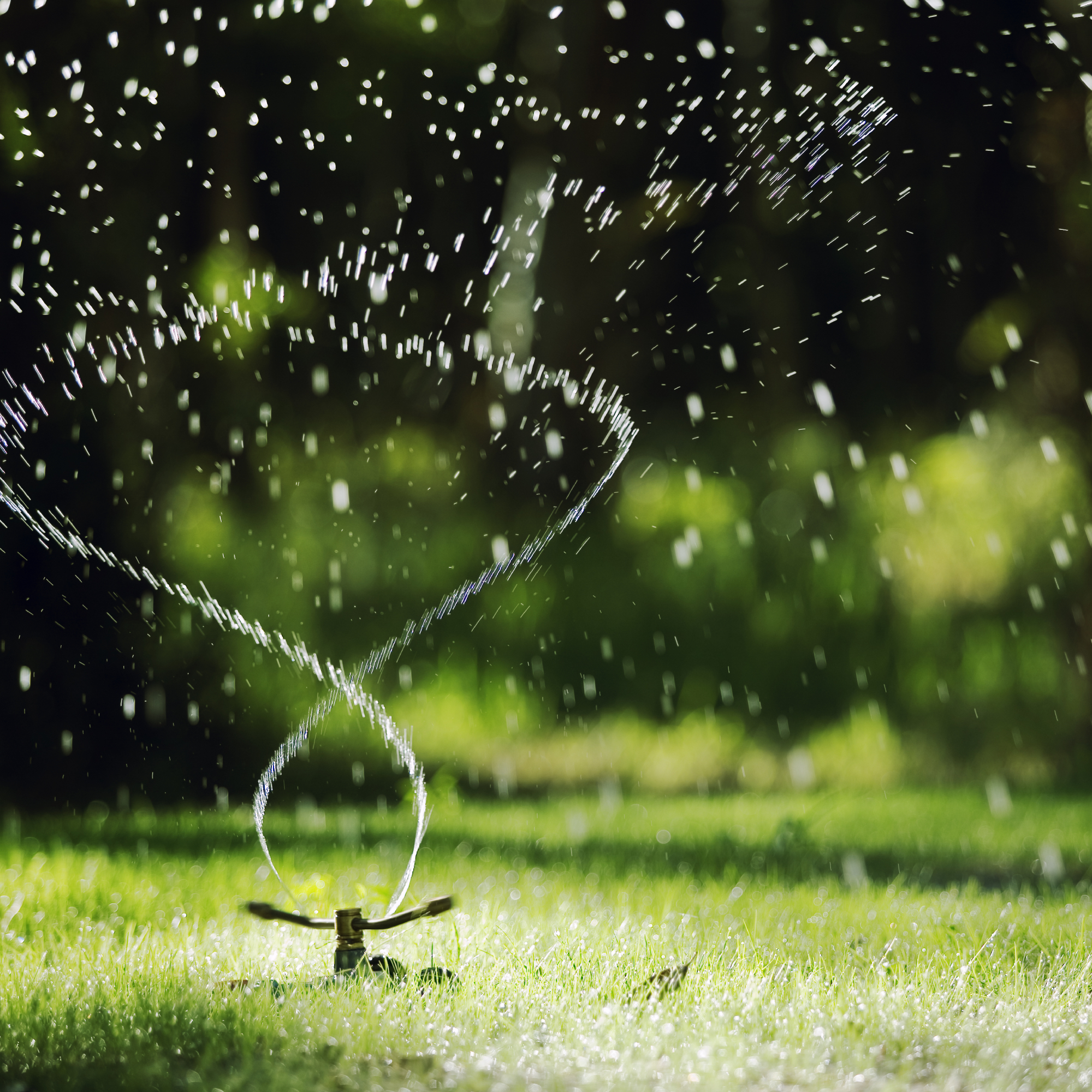 Here’s The Best Time To Water Grass For A Lush Lawn, According To Experts
Here’s The Best Time To Water Grass For A Lush Lawn, According To ExpertsUnderstanding the best time to water grass is important to the health of your lawn. Watering at the wrong time can lead to disease or heat-stressed grass.
-
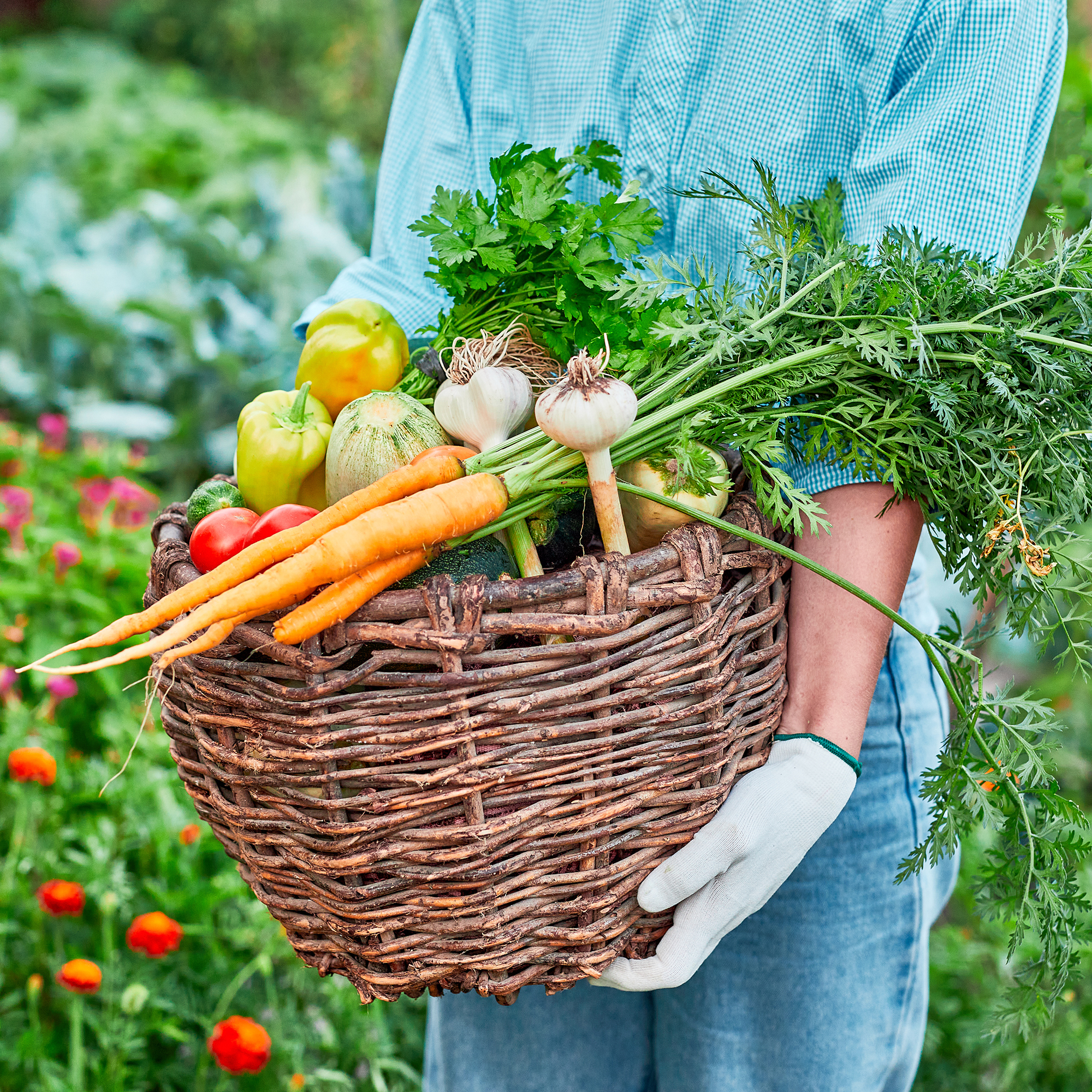 8 Vegetables You Can Still Plant In June For A Late Summer And Fall Harvest
8 Vegetables You Can Still Plant In June For A Late Summer And Fall HarvestPlanting time for high summer harvests has passed, but there are still many vegetables you can plant in your garden in June, for organic produce well into fall.
-
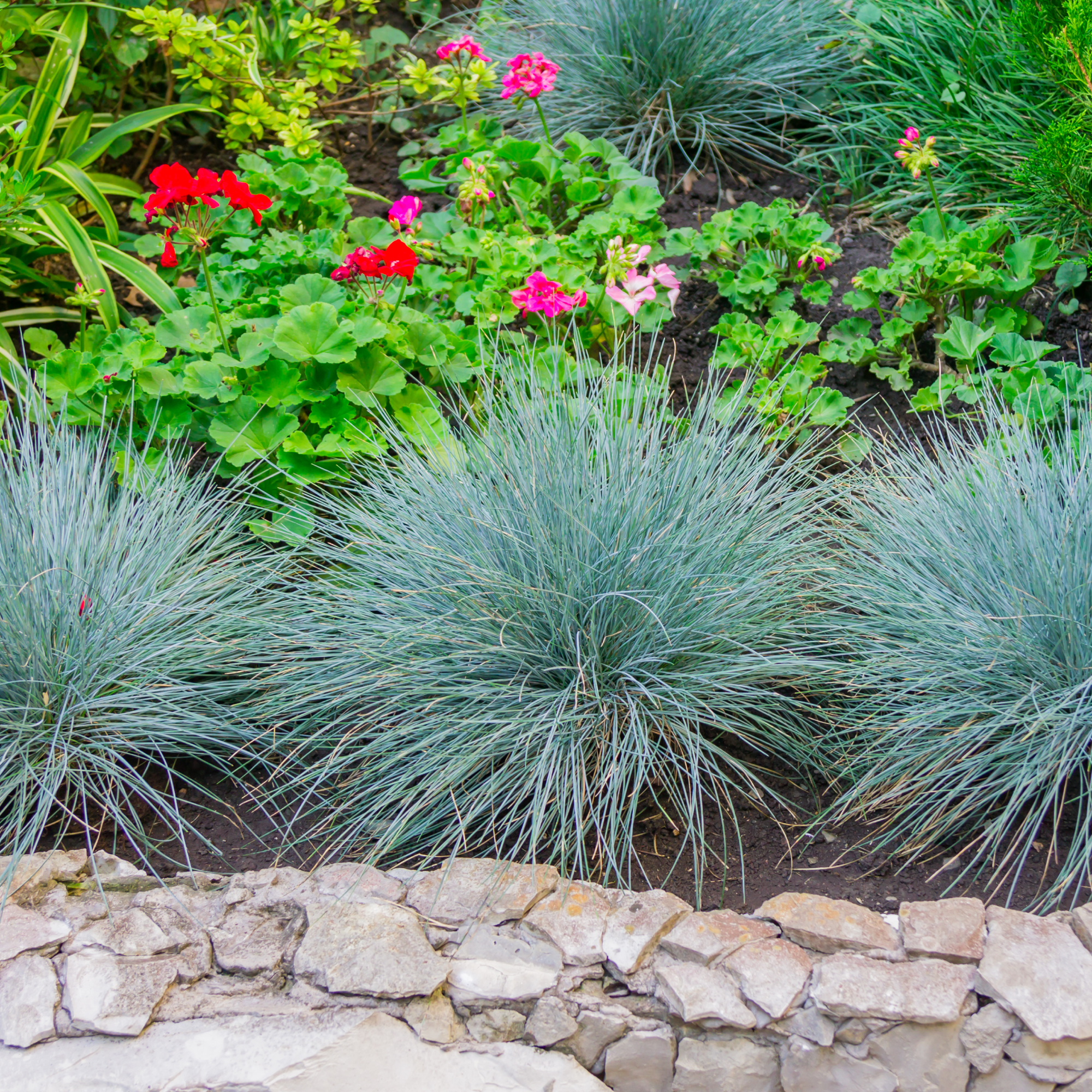 6 Blue Ornamental Grasses That Will Wow Your Neighbors And Add A Unique Touch To Your Landscape
6 Blue Ornamental Grasses That Will Wow Your Neighbors And Add A Unique Touch To Your LandscapeChoosing a blue ornamental grass can dress up borders and yards with striking color that changes with the seasons.
-
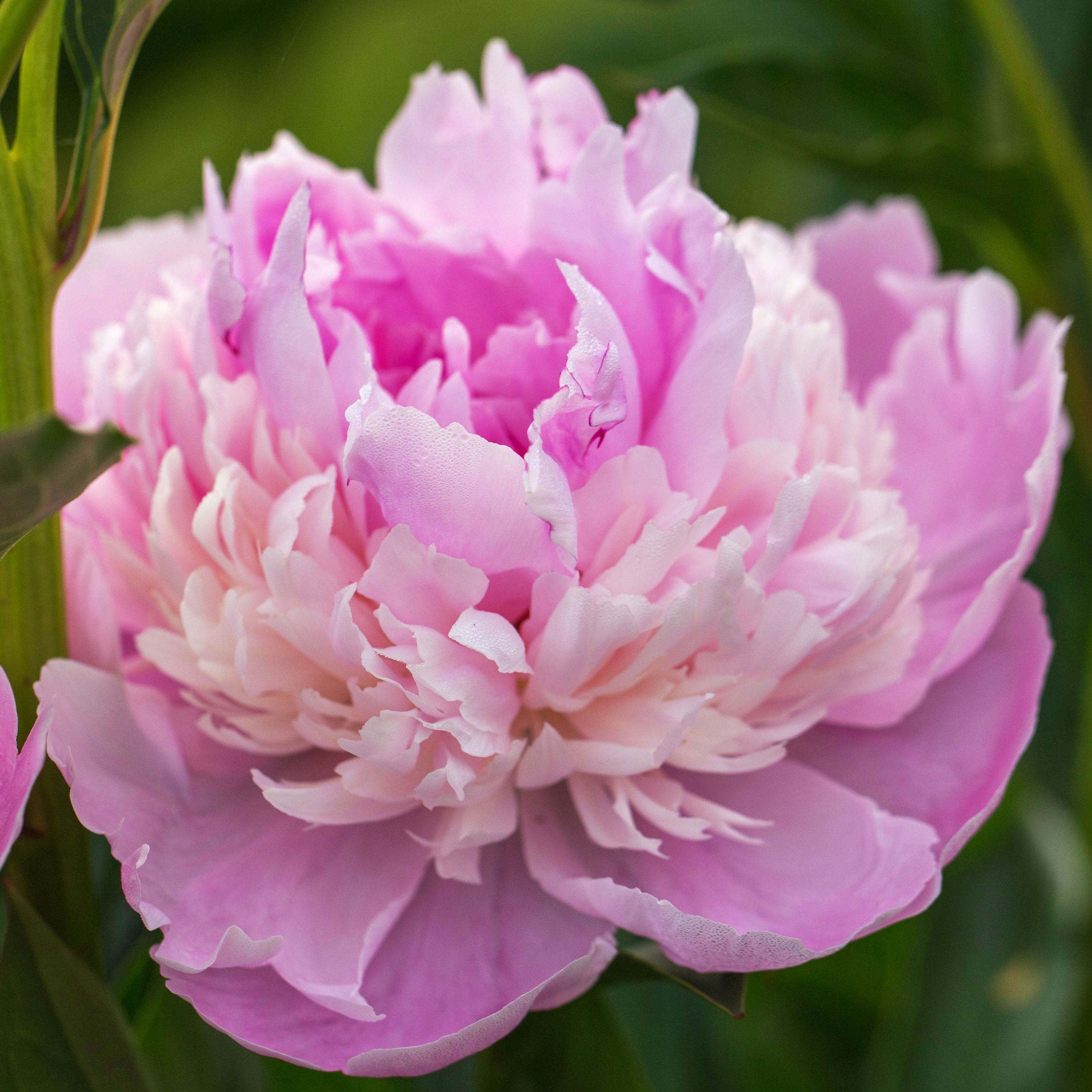 How To Grow A Sorbet Peony For Fluffy Pink Double Blooms With Unique Frills
How To Grow A Sorbet Peony For Fluffy Pink Double Blooms With Unique FrillsFor pink peonies with a unique edge, the Sorbet peony is a super-frilly bloomer with marshmallow and cream colored petals. Here’s how to grow this dynamic cultivar
-
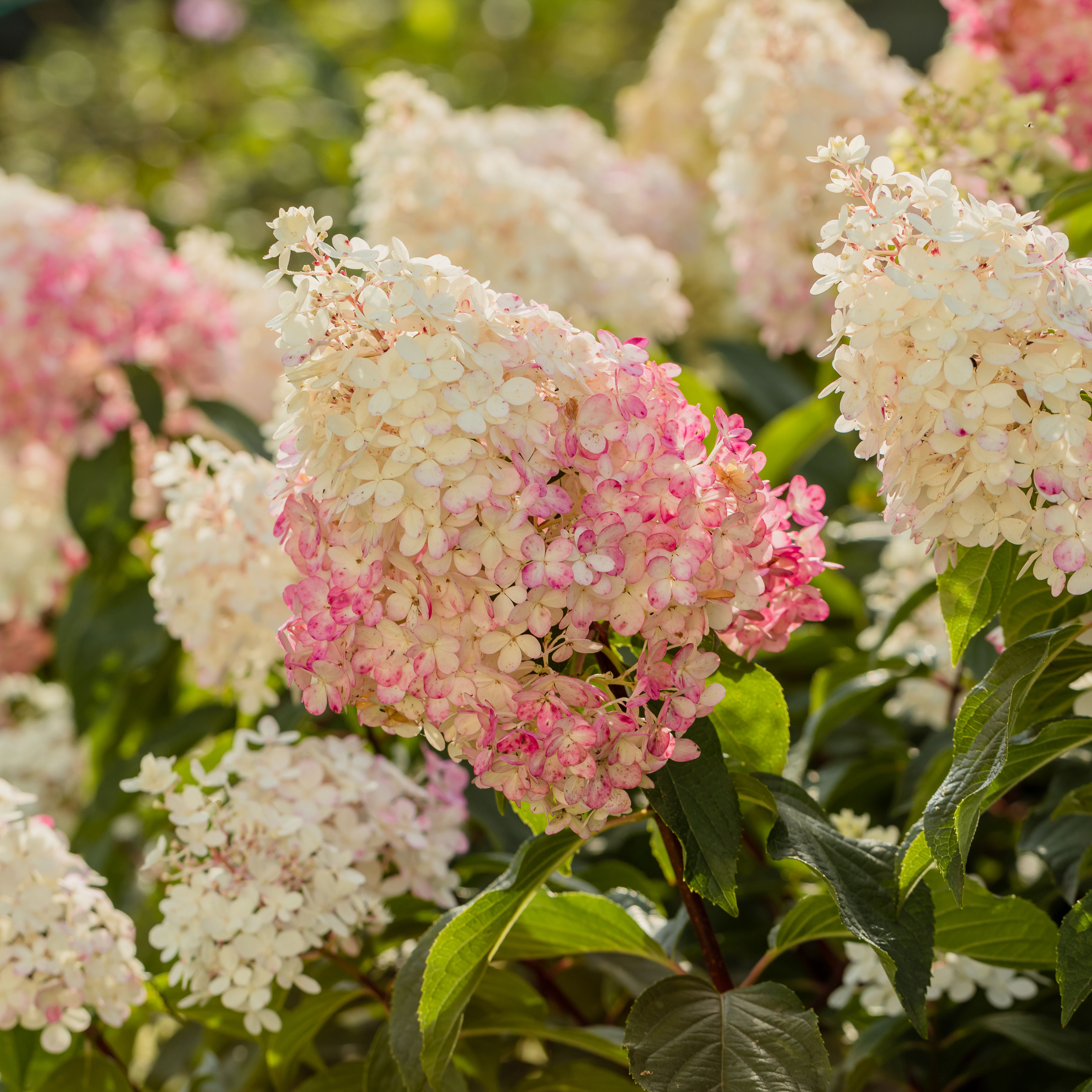 Grow Vanilla Strawberry Hydrangea Shrubs: Try Vanille Fraise Hydrangeas For Sweet Blooms Every Summer
Grow Vanilla Strawberry Hydrangea Shrubs: Try Vanille Fraise Hydrangeas For Sweet Blooms Every SummerFor a dreamy shrub that brings soft color variations and long lasting visual interest, grow a Vanilla Strawberry hydrangea. Here’s how to care for Vanille Fraise shrubs
-
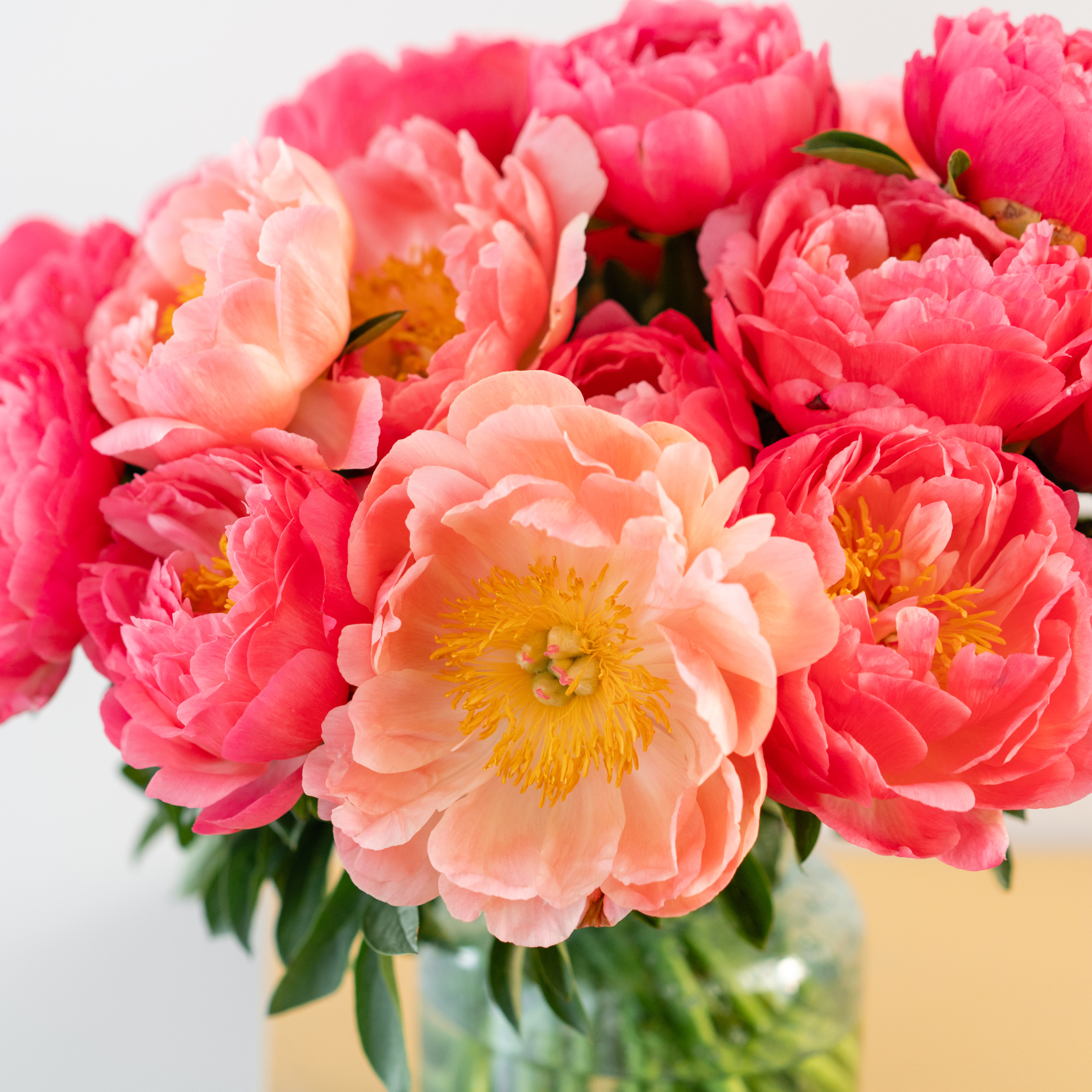 Coral Sunset Peony: Your Complete Guide To This Beautiful Color-Changing Hybrid
Coral Sunset Peony: Your Complete Guide To This Beautiful Color-Changing HybridThe coral sunset peony is a gorgeous addition to any garden. This beauty has double blooms that undergo an amazing color change as they age.
-
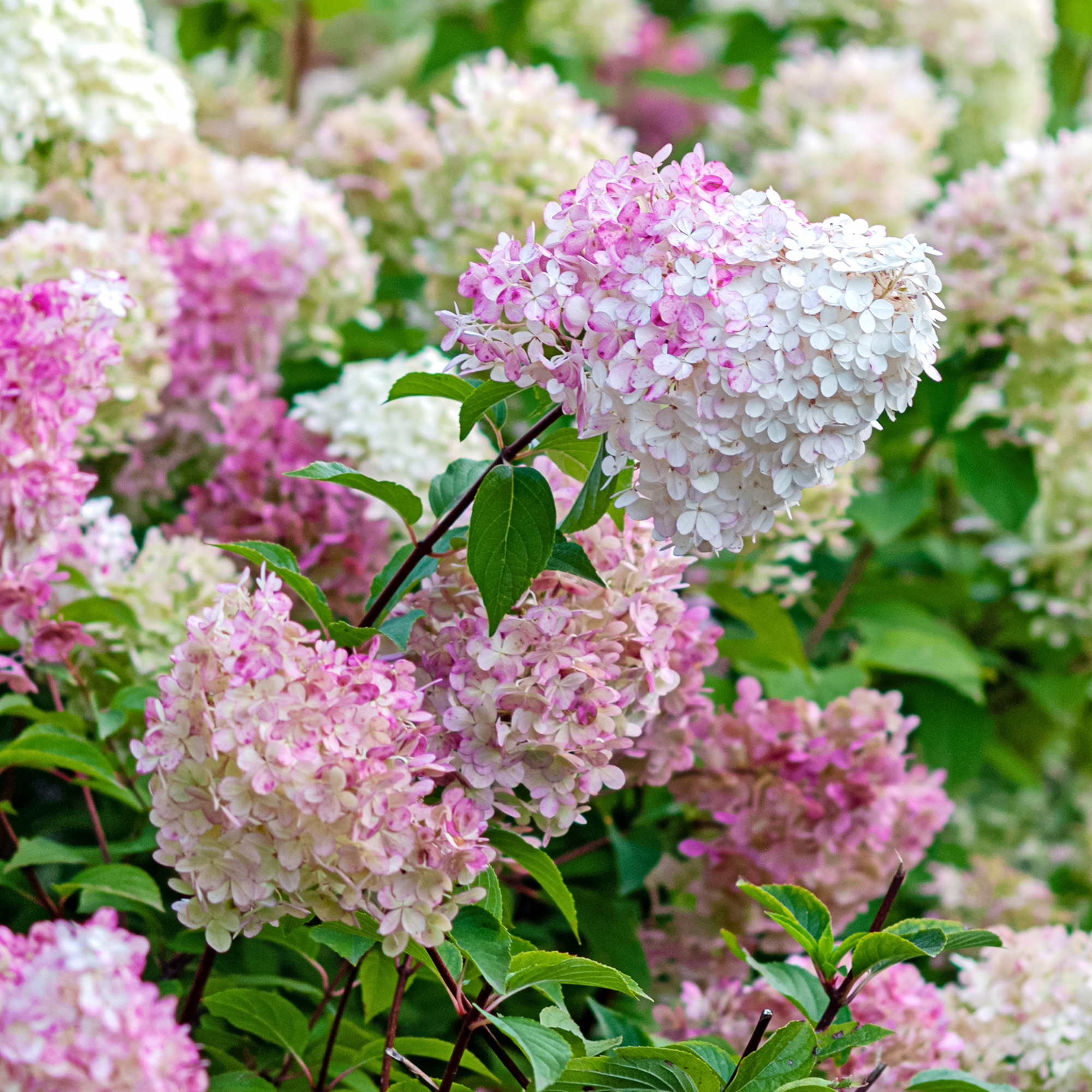 How To Grow Panicle Hydrangeas For Gorgeous, Low-Maintenance Blooms All Summer Long – Plus, Top Cultivars To Try
How To Grow Panicle Hydrangeas For Gorgeous, Low-Maintenance Blooms All Summer Long – Plus, Top Cultivars To TryPanicle hydrangeas are the ultimate low-maintenance shrubs! These beauties bloom all summer and all it takes is a little care. Here's how to help them thrive.
-
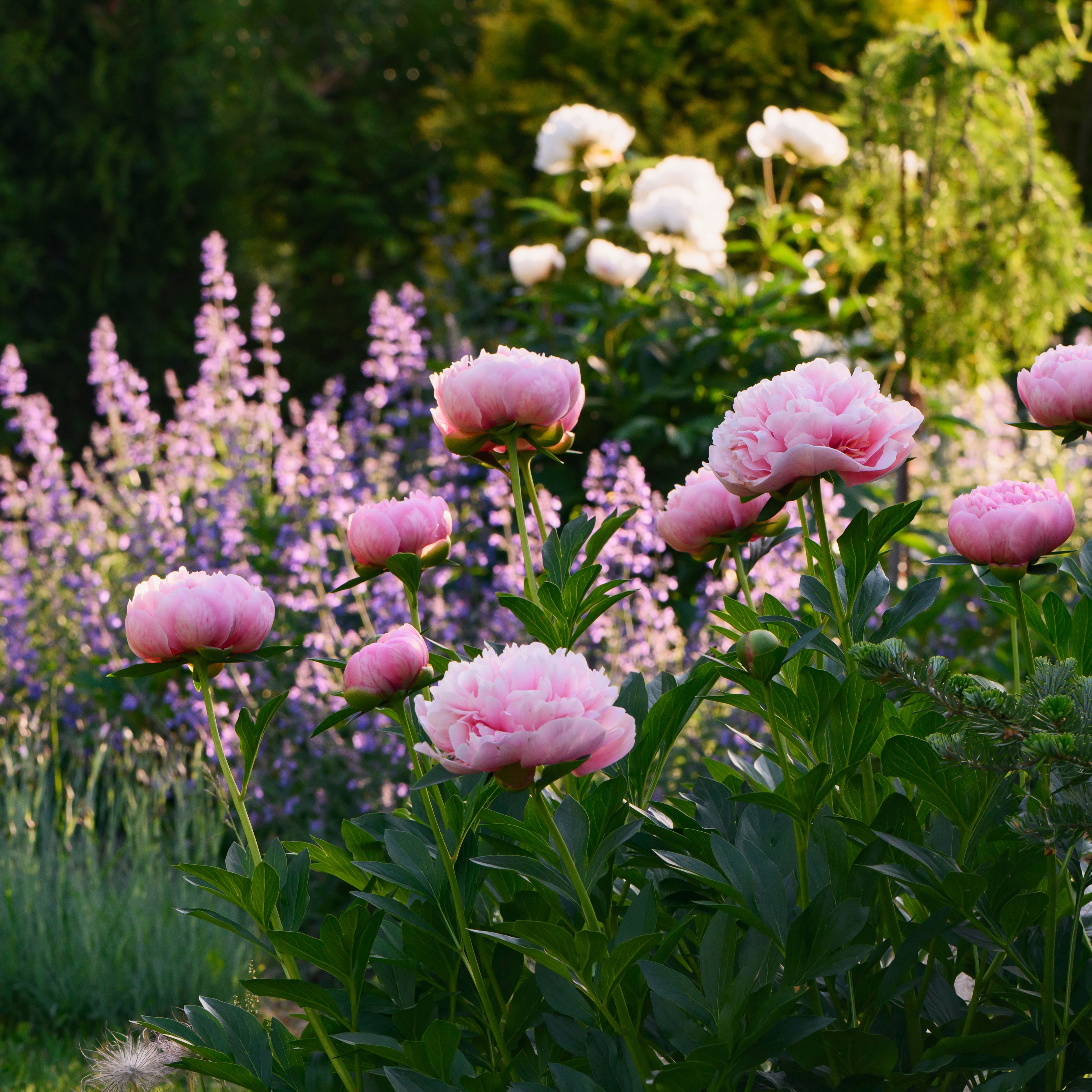 Grow The Peony Dream Team: 9 Peony Companion Plants For Style And Color
Grow The Peony Dream Team: 9 Peony Companion Plants For Style And ColorAs gorgeous as peonies are, they look even better when grown alongside the right ornamentals. Here are 9 peony companion plants to enhance your blooming shrubs
-
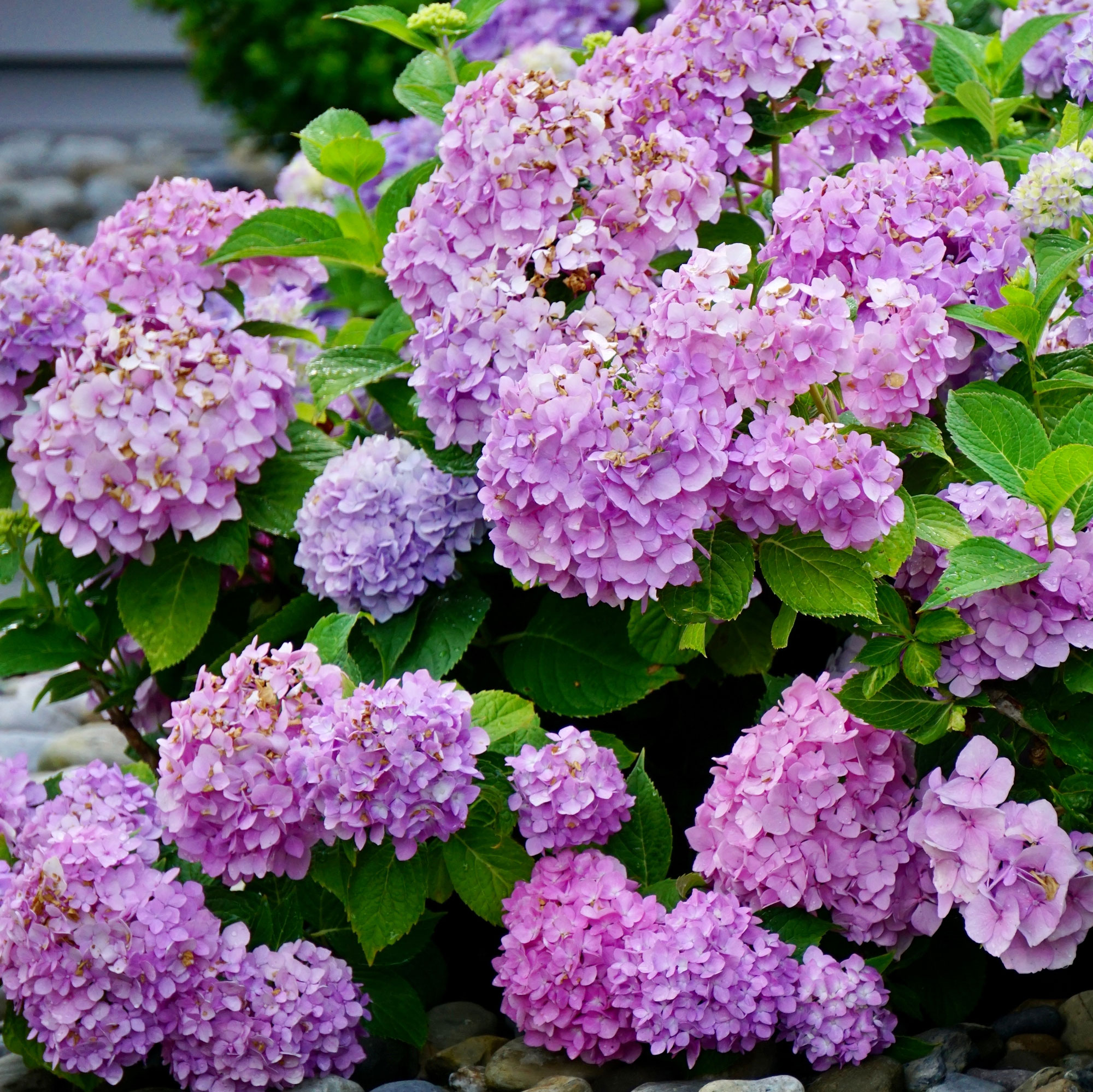 Grow These Eye-Popping Purple Hydrangea Varieties For A Lively On-Trend Tonal Treat
Grow These Eye-Popping Purple Hydrangea Varieties For A Lively On-Trend Tonal TreatFrom subtle indigo to rich violets, a purple hydrangea captures the imagination and adds elegance and verve to borders. Here are some of the finest purple bloomers
-
 How To Grow A Kansas Peony For Sublime Magenta Double Blooms And Enduring Fragrance
How To Grow A Kansas Peony For Sublime Magenta Double Blooms And Enduring FragranceGrowing Kansas peonies will add gorgeous color and fragrance to your garden. Their deep color and lush blooms are sure to make your neighbors jealous!
